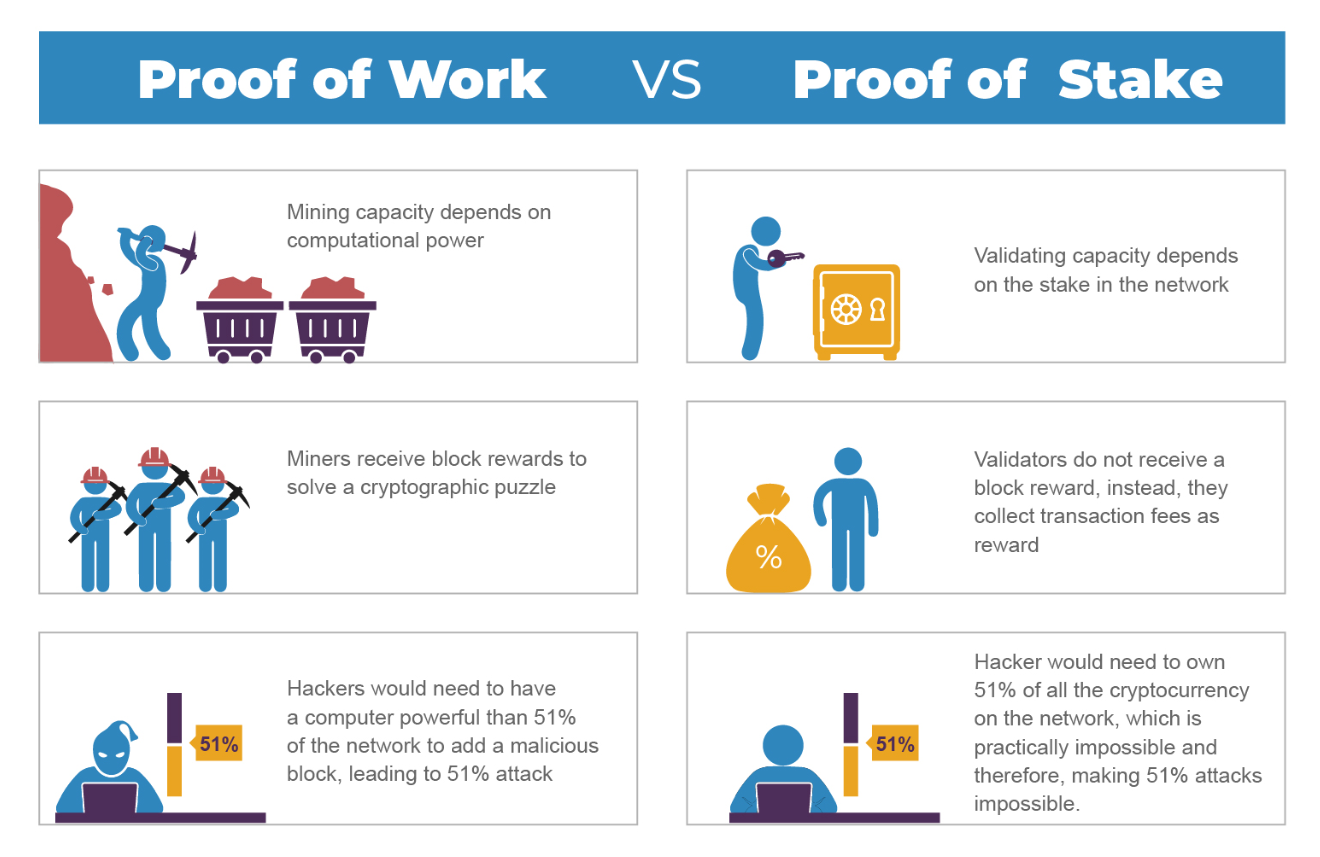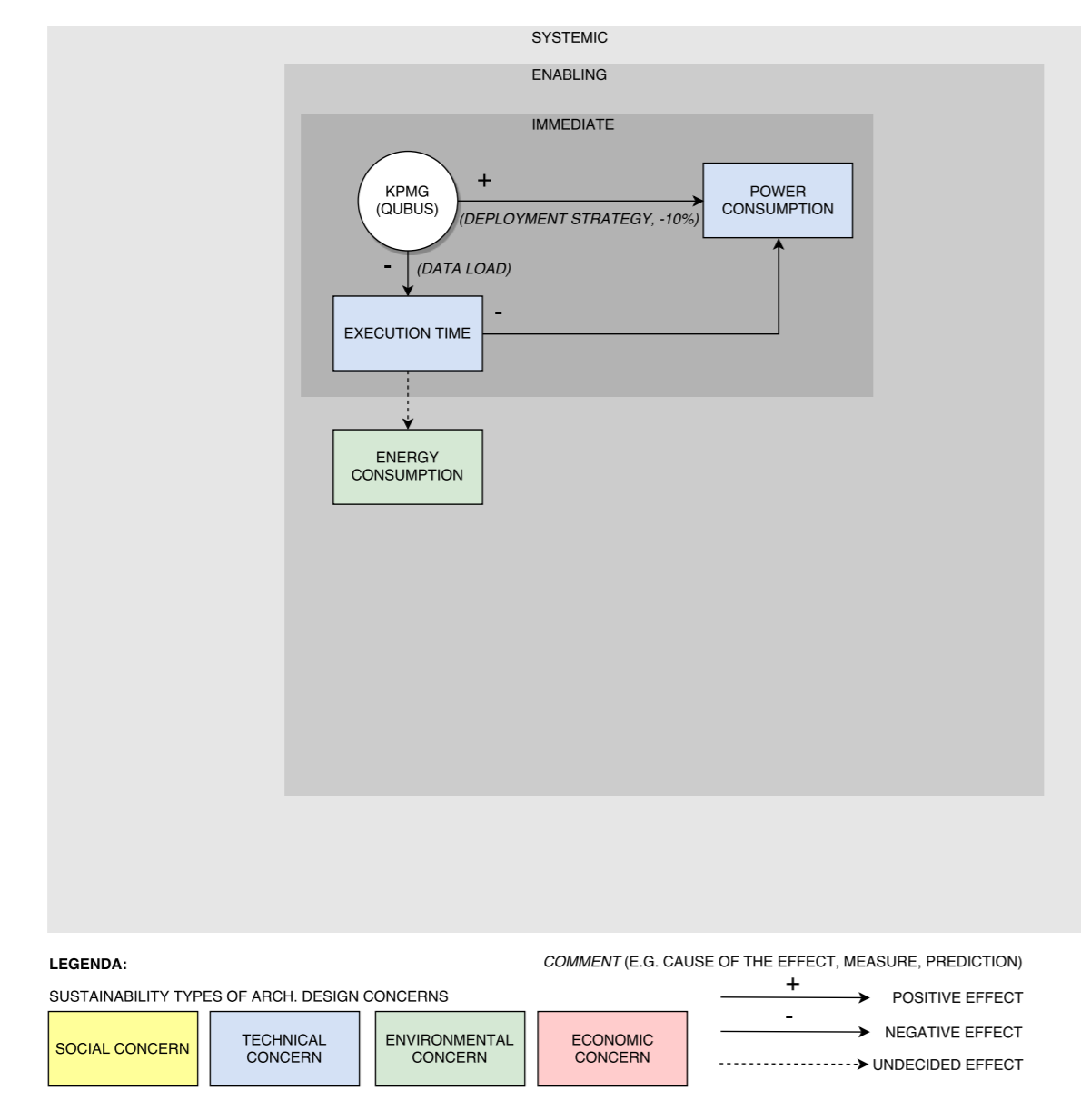The following essay details different approaches taken by Ripple to attain progress that not only satisfies the stakeholders but is also sustainable. The article examines Ripple’s strategies that make sure that they achieve environmental, economic, societal, and technical development without compromising the ability of future generations to meet their needs.
Understanding Software Sustainability
Sustainability has emerged as a broad concern for society. Many engineering disciplines have been grappling with challenges in how we sustain technical, social, and ecological systems. Misperceptions among practitioners and research communities persist, rooted in a lack of coherent understanding of sustainability and how it relates to software systems research and practice. 1 Designers of software technology are responsible for the sustainability and long-term consequences of their designs. 1
But what exactly is sustainability? There is a narrow perception of sustainability that frames it as protecting the environment or being able to maintain business activity. Whereas sustainability is at its heart a systemic concept, it does not confine only to the designed system, but also to the environmental, economic, individual, technical and social contexts of that system, and the relationships between them: 1
- Environmental: concerned with the long term effects of human activities on natural systems. This dimension includes ecosystems, raw resources, climate change, food production, water, pollution, waste, etc.
- Social: concerned with societal communities (groups of people, organizations) and the factors that erode trust in society. This dimension includes social equity, justice, employment, democracy, etc.
- Economic: focused on assets, capital, and added value. This includes wealth creation, prosperity, profitability, capital investment, income, etc.
- Technical: refers to the longevity of information, systems, and infrastructure and their adequate evolution with changing surrounding conditions. It includes maintenance, innovation, obsolescence, data integrity, etc.
- Individual: refers to the well-being of humans as individuals. This includes mental and physical well-being, education, self-respect, skills, mobility, etc.
These dimensions are interdependent. Cumulative effects from the environmental dimension will bleed into the individual, social, economic dimensions. Yet, these dimensions provide a useful tool for dis-aggregating and analyzing relevant issues. 1
Ripple (XRP) Is The Most Energy Sustainable Currency
Softwares can contribute to environmental sustainability in various ways. With the crypto world overgrowing in size, many efforts are being made to optimize various processes such as cryptocurrency mining. Although there are different methods of mining for cryptocurrencies, the most common is PoW or Proof of Work, which is the mining method used by crypto giants like Bitcoin. This method has long been viewed as an expensive and time-consuming task and has a reputation for hogging energy.2
In 2017, a scientific study was done by Standford & Stockholm University to determine the most eco-friendly currency. In this study, which was conducted amongst Bitcoin (BTC), Ethereum (ETH), Ripple(XRP), and Visa, it was revealed that in terms of energy consumption rate, Ripple (XRP) stands as the best sustainable and most competent currency. 3
Examining the annual electricity consumption rate of the four samples, Bitcoin consumed the most, topping with 26.05TWh, Ethereum 9.68TWh, VISA 0.54TWh. In contrast, Ripple (XRP) consumed the least energy with 0.0005361TWh. According to the report, Bitcoin consumes more electricity yearly than Scotland and Nigeria. After a careful analysis of the entire study, it was concluded that Ripple (XRP), amongst the other currencies, costs less and is most efficient in terms of electricity and CO2 emissions. 3

Figure: energy-comparison
A comparison study between BTC, ETH, VISA and XRP (Standford & Stockholm University Study, November 2017)4So why Ripple is so power-efficient? Here we give two main reasons explaining how Ripple reduces energy consumption.
-
Improvements in the blockchain consensus mechanism skyrocketed energy efficiency.
Since the creation of Bitcoin, proof-of-work (PoW) has been the predominant design of peer-to-peer cryptocurrency. It requires enormous amounts of energy, with miners needing to sell their coins to foot the bill ultimately.
In contrast to Bitcoin and Ethereum, Ripple uses proof-of-stake (PoS), which doesn’t use that much energy. Its concept states that a person can mine or validate block transactions according to how many coins he or she holds. It gives mining power based on the percentage of coins held by a miner.
Another example is EoS5, which applies the delegated proof-of-stake (DPoS) consensus mechanism. Similar to how basic PoS protocols work, DPoS does not depend on the energy-intensive mining process for validating blocks on its network. Compared with EOS, Ripple Labs’ XRP-powered platform consumes only about 0.0005361 TWh per year, which is half as much as what the EOS network requires annually.
-
Adapting to power-efficient smart contracts.
Most of the popular blockchain networks are not energy efficient. On the other hand, the primary resources of producing electricity are by burning fossil fuels6, which, to some extent, adds up to the environmental challenges that the world is facing today. However, at the same time, it holds enormous opportunities when it comes to the energy grid and green energy financing.
Contrarily, Ripple uses certain functionalities such as Smart Contracts to open opportunities for lean, efficient, inclusive, and global green energy funding for both enterprises and end consumers. Recently, Ripple also revealed new partnerships7 to better support Smart Contract Capability for XRP Ledger, which furthers the company’s mission to execute eco-friendly payments.

Figure: PoW-vs-PoS
8 Proof of Work v/s Proof of StakeEven though Ripple is more eco-friendly and consumes less energy compared to other cryptocurrencies, there is still room for improvements. To ensure digital asset management, Ripple has made some trade-offs: it’s not just the cryptocurrency industry that consumes large amounts of energy, but also the network of banks, and payments firms that act as financial middlemen around the world. Moreover, even though Ripple XRP digital asset is far greener than Bitcoin, there are concerns on how truly decentralized it is, considering Ripple’s control of more than 50 billion coins. The total supply of XRP is just shy of 100 billion. Thus, in order to ‘green-wash’ things, Ripple refuses to waste energy on a much more secure and decentralized network. Otherwise, they would have to sacrifice a part of their business relations.
Internet of Value Powers Economic and Social Sustainability
Aside from environmental footprints, a software can also have an impact on the economy. Economic sustainability can refer either to the continued success of an economy over time or to the way an economy operates sustainably, protecting social and environmental elements.
Ripple’s vision is for value to be exchanged as quickly as information. Although information moves around the world instantly, a single payment from one country to another is slow, expensive, and unreliable. In the US, a typical international payment takes 3-5 days to settle, has an error rate of at least 5%, and an average cost of $42. Worldwide, there is $180 trillion worth of cross-border payments made every year, with a combined cost of more than $1.7 trillion a year. 9
With the Internet of Value, a value transaction such as a foreign currency payment can happen instantly, and it’s not just money. The Internet of Value will enable the exchange of any asset that is of value to someone, including stocks, votes, intellectual property, and more.
At the moment, there exists a multitude of competing blockchains that do not necessarily connect, so assets cannot be exchanged like information just yet. For the internet of value to become a reality, industry standards must be adopted to homogenize the world’s different financial systems. 9
This is why Ripple, along with a growing community of financial institutions and payment providers, support Interledger Protocol (ILP), which standardizes how to settle transactions across different ledgers and networks instantly. ILP can be thought of much like the protocol HTTP.
The most significant benefit of the internet of value will be for payments. Making cross-border payments faster, cheaper, and reliable will bring considerable benefits to consumers, businesses, banks, and governments. While also introducing a standard protocol for how every institution and individual connects across various networks to exchange data. Doing this will: 9
- Connect billions of people around the world to transact
- Give rise to entirely new businesses and industries
- Increase financial inclusion for millions of under-banked consumers.
Achieving Technical Sustainability
Ripple manages to attain technical sustainability through different methods. With security in mind, they focus on adopting Secure, Adaptable Cryptography. The XRP Ledger relies on industry standard digital signature systems like ECDSA (the same scheme used by Bitcoin) but also supports modern, efficient algorithms like Ed25519. The extensible nature of the XRP Ledger’s software makes it possible to add and disable algorithms as the state of the art in cryptography advances. Ripple also implements On-Ledger Decentralized Exchange. In addition to all the features that make XRP useful on its own, the XRP Ledger also has a fully-functional accounting system for tracking and trading obligations denominated in any way users want, and an exchange built into the protocol. The XRP Ledger can settle long, cross-currency payment paths and exchanges of multiple currencies in atomic transactions, bridging gaps of trust with XRP.
How Architecture Impacts Sustainability
As the vast energy consumption caused by mining bitcoin became a growing concern among peoples, more and more researches have come out to measure the energy consumptions and try to invest method to reduce it. Among those researches, software architecture is one of those approaches to make the software more sustainable.
In the paper 10, Patricia Lago introduced several different sustainability, including environmental sustainability, which is learned with the KPMG Qubus platform project. Here, the author observed that both deployment strategies and software release significantly influence the energy consumption of the hardware infrastructure. The highlighting result from this project is that the main feature responsible for negative effects on execution time is data load. i.e., the exchange of data between client- and server-side necessary for executing the user services.

Figure: KMPG
11 KMPGAs mentioned in the second essay, Ripple uses a component-based software architecture and a client-server structure, which is widely used in distributed and embedded systems. Thus, compared to other (non-blockchain based) distributed systems, Ripple has a significant data usage. However, comparing to permissionless blockchain systems, a permissioned blockchain system like Ripple has better performance. In the data load perspective, the user of the Unique Node List(UNL) limits its consensus algorithm to achieve consensus among its set of servers12. Comparing to Bitcoin’s consensus among all nodes, this is way less data load.
Automated Tools To Predict Energy Cost
Chiyoung Seo, Sam Malek, and Nenad Medvidovic suggested a framework to estimate the energy consumption of a distributed software system at the level of its components and computational energy cost model for software components.13 In this paper, they conducted further researches on Client-Server style systems, which is implemented by Ripple. An essential contribution of this work is its platform-independent characterization of the energy consumption of architectural styles.14 Since we couldn’t find any automated tools to check energy consumption for a system like Ripple, their work could be used in building such tools.
Conclusion
In conclusion, the essay discusses the various methods taken by Ripple to sustain their development progress. When compared to its counterparts in digital payments and blockchain systems, Ripple apparently fairs very well in tackling the environmental problems and helps to bridge the gap in modern payment systems. However, there are trade-offs that needs to addressed, like the case of amount of ledger usage and carbon emissions. We propose that since Ripple has an exemplar model eco-friendliness when compared with other crypto-currencies, they could compensate some of it to better their mining activities.
-
https://elevenews.com/2020/03/01/98-percent-of-bitcoin-btc-mining-rigs-to-become-obsolete/ ↩ ↩2 ↩3 ↩4
-
https://www.cryptohopper.com/blog/199-green-cryptocurrencies ↩
-
https://newslogical.com/university-research-ripple-xrp-remains-the-most-energy-sustainable-currency/ ↩ ↩2
-
https://www.stedas.hr/infographic-xrp-the-most-eco-friendly-currency.html ↩
-
https://www.cryptoglobe.com/latest/2018/10/eos-ripple-s-networks-consume-far-less-energy-than-bitcoin-and-ethereum-s-blockchain/ ↩
-
https://www.express.co.uk/finance/city/904999/Bitcoin-price-live-ripple-green-issues-bring-down-crypto-giants-ethereum ↩
-
https://dailyhodl.com/2019/11/06/ripple-reveals-new-partnership-to-enable-smart-contract-capability-for-xrp-ledger/ ↩
-
https://dzone.com/articles/the-proof-of-work-vs-proof-of-stake-an-in-depth-di ↩
-
https://ripple.com/insights/the-internet-of-value-what-it-means-and-how-it-benefits-everyone/ ↩ ↩2 ↩3
-
https://research.vu.nl/ws/portalfiles/portal/90224889/plago_seis_2019_submitted_version.pdf ↩
-
https://research.vu.nl/en/publications/estimating-energy-impact-of-software-releases-and-deployment-stra ↩
-
https://cryptoguide.ch/cryptocurrency/ripple/whitepaper.pdf ↩
-
http://seal.ics.uci.edu/publications/2008CBSE.pdf ↩
-
http://citeseerx.ist.psu.edu/viewdoc/download?doi=10.1.1.366.207&rep=rep1&type=pdf ↩